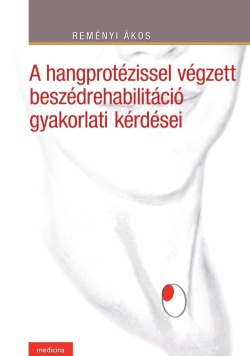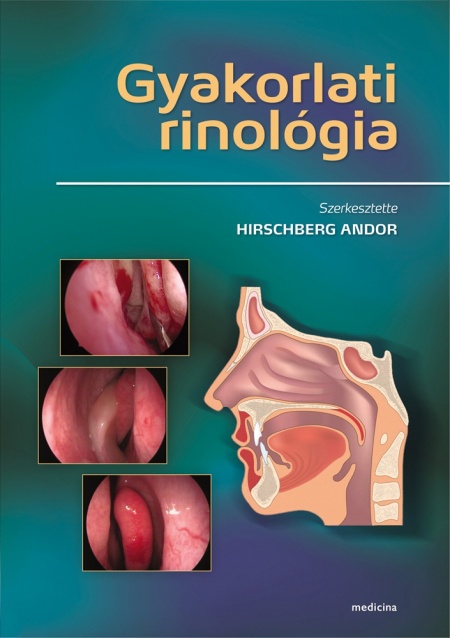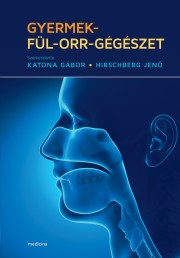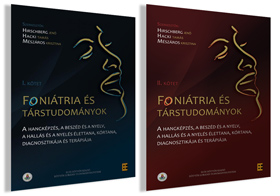Bőrön elhelyezkedő, metasztatizáló fej-nyaki laphámkarcinómák onkológiai szemléletű kezelésének jelentősége
Összefoglalás
A fej-nyaki régió leggyakoribb daganata a bőr laphámkarcinómája (cutan squamous cell carcinoma, CSCC), amely emellett a legmagasabb rizikócsoportot is jelenti az áttétképződésre. Közleményünkben osztályunk 6 éves anyagát tekintettük át retrospektíven, 17 beteg adatainak elemzésével. Utalunk azokra a jellemzőkre, amelyek magas rizikót jelentenek metasztázisképzés szempontjából. A primer tumor mérete és a metasztázis megjelenéséig eltelt idő között egyértelmű arányosságot nem találtunk.
17 betegnél végeztünk egy ülésben parotidektómiát és nyaki disszekciót. Betegeink átlagéletkora 73 év volt a primer tumor észlelésekor, a legfiatalabb 46, a legidősebb páciensünk 94 éves volt. 11 beteg esetében történt szelektív nyaki disszekció (selND), 3 beteg esetében módosított radikális nyaki disszekció (mRND). 2 páciensnél radikális nyaki disszekció (RND), 1 esetben kiterjesztett RND elvégzése volt szükséges a metasztázis eltávolításához. Az oncoteam posztoperatív sugárkezelést javasolt mind a 17 betegnél. 1 betegünk a nyaki disszekciót követően intenzív terápiás ellátásra szorult, de a kezelés ellenére exitált. 4 beteg a sugárkezelésbe nem egyezett bele. 12 betegünknél posztoperatív radioterápia zajlott, 40-60 Gy összesített sugárdózisban részesültek.
Kiemeljük az onkológiai követés fontosságát a metasztázis mielőbbi kimutatására, és ennek érdekében hangsúlyozzuk a rendszeres, fej-nyak sebész általi onkológiai kontrollt abban az esetben is, ha a primer tumor eltávolítása más szakterületen történt. A posztoperatív sugárkezelés indikálásában nem látjuk értelmét a „wait and see” hozzáállásnak – a metasztatizáló esetekben a posztoperatív besugárzást esszenciális fontosságúnak tartjuk.
Kulcsszavak
bőrtumor, laphámrák, metasztázis, nyaki disszekció, parotis
The importance of oncological treatment and follow-up of metastasizing head and neck squamosus cell carcinoma skin cancer
Summary
The most common tumor in the head and neck region is cutaneous squamous cell carcinoma (CSCC), which also represents the highest risk group for metastasis formation. In our publication, we retrospectively reviewed the data of 17 patients over a period of 6 years. We refer to characteristics that pose a high risk for the formation of metastases. We did not find a clear correlation between the size of the primary tumor and the length of time until the appearance of metastasis. Parotidectomy and neck dissection were performed in one session in 17 patients. The average age of our patients at the time of primary tumor detection was 73 years, with the youngest being 46 and the oldest 94 years old. Selective neck dissection (selND) was performed in 11 patients, modified radical neck dissection (mRND) in 3 patients, radical neck dissection (RND) in 2 patients, and extended RND was necessary in 1 case to remove the metastasis. Postoperative radiotherapy was recommended for all 17 patients by the multidisciplinary tumor board. One patient died despite intensive care. In 4 cases, radiotherapy did not occur due to the patient’s decision. The 12 patients who underwent postoperative radiotherapy received a total radiation dose of 40-60 Gy.
We emphasize the importance of oncological follow-up for the early detection of metastasis and, highlight the control by a head and neck surgeon, even though the primary tumor was removed in another specialty. Furthermore, regarding the indication for postoperative radiotherapy, we do not see the point in the „wait and see” approach – in cases of metastasis, we consider postoperative irradiation to be of essential importance.
Keywords
skin cancer, squamous cell carcinoma, metastasis, neck dissection, parotid gland
















